

Luis Anthony Silva - Bass Shopping. Plans et mouvements utilisés en anatomie macroscopique. Publié le jeudi 10 septembre 2009.
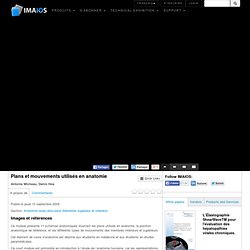
Folder - My 4shared. Files Photo Music Books Video Games Sign Up.
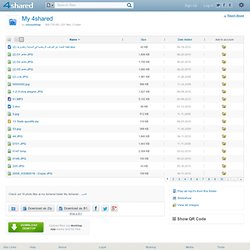
Auto ostéopathie par christophe carrio. Video d'un examen clinique realisé selon la méthode Mézières. Legato Exercises - Intermediate Guitar Lesson. Soundscape: A Master Class with Benjamin Verdery. ESBJORN SVENSSON TRIO , PAT METHENY. Folder - Bass Arquivos Zip. Billy Sheehan's Secret Trick. Slap Bassics by Scott Whitley Lesson 1 - Slap Bass Overview. Zippyshare MP3 & FLAC - Zippyshare Radio & SAT music, Discography collections, bluray movies, Music Videos and TV Shows. Livre de la theorie du jazz - Slappyto. Serious Electric Bass: The Bass Player's Complete Guide to Scales and Chords - Joel Di Bartolo.
Folder - My 4shared. Files Photo Music Books Video Games Sign Up Log In Forgot password?

Login with: PremiumLanguageen FAQ Help Report abuse. Folder - My 4shared. Slap Bass - Techniques, Adjustments and Tricks to Develop Your Tone. Technique | Practice | Low Action | Strings & Gauges | Electronics | Amps & Settings | Preamps | Frets.
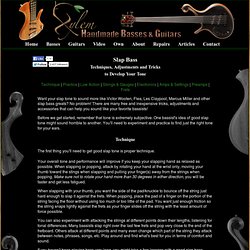
Theory slepovogo strike. Слэп является очень интересной и яркой басовой техникой, позволяющей получить специфический, своеобразный звук.
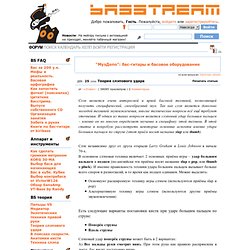
Так как слэп является довольно молодой техникой звукоизвлечения, многие технические вопросы всё ещё требуют уточнения. Stevie Wonder's Greatest Hits.pdf - 4shared.com - document sharing - download. Doobie Brothers - Collection (book).pdf - 4shared.com - document sharing - download. The Classical Music Ebook Collection (PDF) Gary Willis - Two Hand Positions. Going to do my best.....
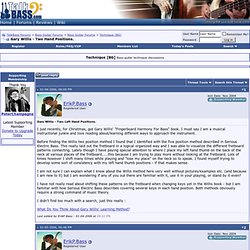
To describe the two positions. Both are based on the one finger per fret method with stretches one fret above and below with the outer two fingers - index ( used when ascending), pinky (used when descending) as the music or scale dictates (varies - passing tones, other accidentals etc.). The positions are named based on the key / the finger the root falls on (only 2 or 4) / and the string the pattern starts on. The first position, most commonly learned, is called SECOND FINGER POSITION. The International Institute Of Bassists. Merging technical virtuosity with musical mastery, Gary Willis is widely acknowledged by fans, peers, and critics alike as one of the most influential voices of our time.
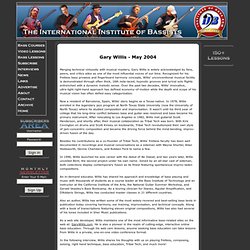
Jean Bisello - cours de basse 1 (1/1) (Bassiste Magazine) DepositFiles. DepositFiles. Folder - Piano. Files Photo Music Books Video Games Sign Up Log In Forgot password?
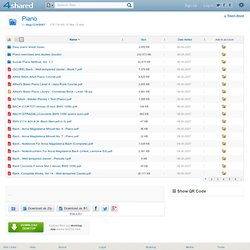
Right and Left Hand Positions for Bass Guitar. Improving Clarity: Left Hand/Right Hand Coordination. There are several reasons why a passage may sound sloppy.

One of the more prevalent ones, however, is incorrect coordination between the two hands during passages of separate (i.e. not slurred) notes. For such passages, the fingers must completely stop the string before the right hand, or bow, articulates. While studying violin pedagogy with Mimi Zweig at Indiana University she often referred to this general rule of string playing as “Fingers Before the Bow” or simply “FBB.” Too often students try to coordinate the two hands by moving them the same time. They attempt to place the left hand fingers on the note at precisely the same time they articulate with the right hand. So how do we practice this type of technical coordination? Let’s consider the passage below: One way to practice correct coordination between the hands is to change the rhythm to ensure we are fully stopping the string with our left hand before we articulate. Basic Vibrato on the Upright Bass – A How To Guide. Many students have trouble mastering vibrato technically and understanding its usage musically.
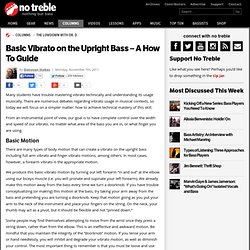
There are numerous debates regarding vibrato usage in musical contexts, so today we will focus on a simpler matter: how to achieve technical mastery of this skill. From an instrumental point of view, our goal is to have complete control over the width and speed of our vibrato, no matter what area of the bass you are in, or what finger you are using. There are many types of body motion that can create a vibrato on the upright bass including full arm vibrato and finger vibrato motions, among others. In most cases, however, a forearm vibrato is the appropriate motion. Intentional Practice. Too many instrumentalists begin their daily practice session without knowing specifically what they wish to accomplish that day. If they think about their practice goals at all, they do so in a cursory, vague and last minute manner. Even worse, some serious students think the goal of practice is simply to “put in the time.”
They may spend several hours a day at their instrument, without maximizing their efforts. Although merely playing everyday stands to increase one’s skill level over time, it is certainly not the most efficient path. If we are serious about improvement we need to be intentional about our practicing. Rather than “flying by the seat of your pants” in the practice room, put some thought into your practice session before you pick up your instrument.
Your own general desires should be taken in to account, of course, when structuring your sessions. Technique Series: Fast Fingers. Although there are musical situations when we want our left hand fingers to strike the fingerboard forcefully, we most often want to use the minimum amount of pressure, and no more. To do otherwise is generally inefficient, clumsy, noisy and speeds up muscle fatigue, among other things. When it comes to left hand technique, the speed of the finger movement is far more important than muscular force. Thumb Position Exercises for Bassists. “Thumb position” is a left hand technique in which the thumb is used on top of the board to press down the strings. In essence, we use it just as we use our other fingers. Although the technique can be used anywhere on the instrument, this technique is most often used at the midpoint of the string or higher.
Thumb position is specific to the upright bass (and cello) and not generally found in electric bass playing. Thumb position technique, like any other technique, requires some exercises to solidify it. Bass Technique: Shifting and the Feeling of Lightness. Accurate shifting is extremely important on an upright bass. It may even be the one technique we use the most often. Left Hand Thumb: Position. For all instrumentalists, excess tension should be a source of concern. We should work to eliminate it as much as possible. For string players, and especially bassists, excess tension can not only lead to technical and musical inaccuracies, but also to physical discomfort and injury. Sometimes these injuries can be resolved or worked around, other times they cannot.
When serious enough, it can end a career. Suffice it to say that for bassists, excess tension should be a source serious individual inquiry, especially when it occurs in their hands. When there is excess tension in the hands, the source is often improper use of the thumb and its corresponding muscles. There are many pedagogues who have differing opinions on exactly where the thumb should be placed. Unless you are in action up and down a portion of the neck, (e.g. Live концерты cо спутникового канала MEZZO. Folder - Music Theory.
Folder - metodos. Folder - Nico Assumpção. Folder - Blues and Jazz Lessons. Files Photo Music Books Video Games Sign Up Log In Forgot password? Folder - Bottesini Giovanni. Folder - Methods. Books for bass guitar. Folder - My 4shared. Files Photo Music Books Video Games Sign Up Log In Forgot password? Login with: PremiumLanguageen. Folder - Harmonia Tonal Kostka Payne. Folder - Teorias, Técnicas e Partituras. Folder - My 4shared. Folder - My 4shared. Files Photo Music Books Video Games. Folder - My 4shared. Piano Technique (2 of 38): Proper Way To Study. Piano Technique: Finger Crossovers. Proper fingering for piano scales. Proper fingering of the scales on the piano is very important to development of your skills and advancement as a pianist. Begin by setting the metronome at a tempo that is realistic, yet challenging, and work through each group of keys, doing one group per week.
When scales are learned well at the beginning tempo, increase the tempo, and start over with Group I again. Keep increasing the tempo infinitely! A common progression might be to start the metronome at a quarter note equals 80, and increase to 96, then 112, 120, and 144. Play 2 octaves of eighth notes, followed by 3 octaves of triplets, and 4 octaves of sixteenth notes without missing a beat. Remember to get the fingerings correct from the start. The scales are broken down into 6 groups. 3 in major keys and 3 in minor keys. The below list is for printer friendly PDF files. Jazz piano voicing skills - dan haerle.pdf - 4shared.com - document sharing - download. Mike Mangini Clockwise Counter Clockwise Limb System on Bass Guitar. Shakin' the grounds. Many times sound advice will be to play ‘with a straight wrist’ or ‘with forearm and hand in line’. Problems may arise in two ways: flexing the wrist too sharplybending the wirst sideways As explained above, a correct thumb position prevents flexing the wirst too much.